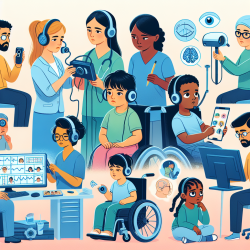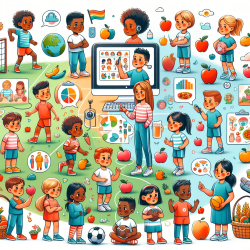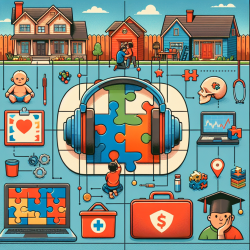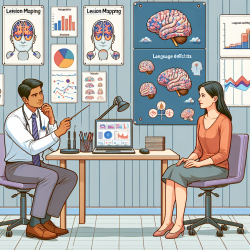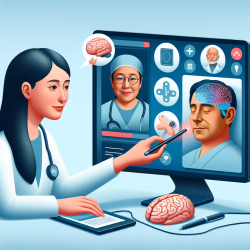Gaze-based assistive technology (AT) has emerged as a promising tool for children with severe physical impairments, offering them new opportunities for communication and interaction. The longitudinal study titled "Eye gaze performance for children with severe physical impairments using gaze-based assistive technology—A longitudinal study" provides critical insights into how these children can improve their eye gaze performance over time. Here, we discuss the study's findings and their implications for practitioners aiming to enhance outcomes for children through gaze-based AT.
Key Findings from the Study
The study followed 10 children aged 1-15 years with severe physical impairments who were beginners in using gaze-based AT. The researchers measured two main performance metrics: time on task and accuracy in selecting targets on a computer screen. Data were collected at four time points: baseline, 5 months, 9-11 months, and 15-20 months. The results showed significant improvements in both metrics:
- Time on Task: The children demonstrated faster performance as early as 5 months into the study, with further improvements observed at subsequent time points.
- Accuracy: The accuracy in selecting targets increased significantly by the 15-20 month mark, indicating a need for long-term practice to achieve proficiency.
Implications for Practitioners
These findings have several important implications for practitioners working with children with severe physical impairments:
- Long-Term Commitment: The study highlights the necessity of a long-term commitment to using gaze-based AT. Children may require more than a year to become proficient, so patience and consistent practice are crucial.
- Tailored Support: Individualized support from a multi-professional communication team (MPC team) can optimize the learning and implementation of gaze-based AT in daily activities. This support should include regular training, goal setting, and collaboration among parents, teachers, and therapists.
- Inclusivity: Even children with additional impairments such as strabismus or cognitive challenges showed improvements, suggesting that gaze-based AT should be made accessible to all children with severe physical impairments.
- Early Introduction: Children as young as one year old can benefit from gaze-based AT, indicating the importance of early intervention.
Encouraging Further Research
While this study provides valuable insights, it also underscores the need for further research. Future studies should explore the long-term use of gaze-based AT in real-world settings, such as classrooms, to better understand how children generalize and adapt their skills in different contexts. Additionally, research should investigate the impact of associated impairments like epilepsy on the learning curve of gaze-based AT.
By leveraging the findings from this study and committing to long-term, tailored support, practitioners can significantly enhance the communication and interaction capabilities of children with severe physical impairments.
To read the original research paper, please follow this link: Eye gaze performance for children with severe physical impairments using gaze-based assistive technology—A longitudinal study.
